As Italians and in general as Europeans we are used to considering Western art as the best in human history in terms of level of pictorial technique and quality of color and in many respects this is objectively true given that it is precisely the mastery of Western artists that has produced the greatest number of works that we today consider as the heritage of humanity. As regards the philosophy of color and in general in the way of organizing and interpreting existence, the ancient Eastern world has much to teach the European one and in particular that of the millenary Japanese people has a rich and profound history.
In a very similar way to what was the approach to color of the ancient Greeks, the Japanese people also see color with a very philosophical point of view and in general in ancient Japan there was a great sensitivity towards colors as evidenced by the numerous writings and treatises on color well preserved and reached us today. As regards the natural pigments used and the preparation techniques, many similarities can be found with the raw materials and methods of the ancient Egyptians and ancient Romans.
The Philosophy of Color in Ancient Japan
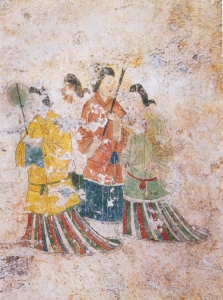
Takamatsuzuka Tomb – Asuka 7th Century
Begun in the Paleolithic more than 10,000 years ago, the history of the Japanese people identifies the first emperor Jinmu 660 BC who founded the office that still lasts to this day, Japan remains in fact the only country in the world to still have this figure of power. The meaning of colors in ancient Japan originates from natural elements such as plants or animals and soon develop a strong symbolic meaning especially in social relationships between people, especially between men and women.
For this ancient people the fundamental colors were four: black, white, red and blue even if some schools of thought used to consider yellow and even brown in this category. A first precise and documented classification of traditional colors dates back to 603, when Prince Shōkotu had “Twelve Maximum Levels and Systems” (冠位十二階) drawn up, a text entirely dedicated to color in all its aspects. This classification was strongly influenced by the Chinese theory that associated colors with what were considered the 5 elements: fire, water, earth, metal and wood and explains the similarities that exist between the interactions between natural elements and colored pigments.
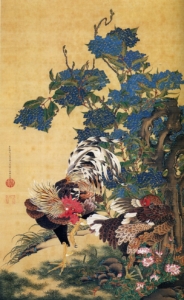
Painting by Itō Jakuchū – 1759
Another important association that the ancient Japanese make between color and what were considered the five virtues in Confucian ethics: Goodness 仁 / Equity 义 / Respect 礼 / Wisdom 智 / Sincerity 信
From this philosophy consequently derived the associations between color and social rank, many of which are still present today in modern Japanese society, a factor that although it was also present in the great civilizations of the past West, in none of them has it ever assumed the importance and rigor that it reached instead in ancient Japan which even ended up creating a distinction between what were considered “forbidden colors” (禁色) that is to say colors such as orange that were exclusive to high-ranking officials and the “allowed colors” (許し色) whose use was instead permitted to all common citizens.
With all due differences, it is still possible to see how in some aspects the philosophy of color of the ancient Japanese is partly associable with the more philosophical and abstract one of the ancient Greeks, and partly associable with that of the ancient Roman Empire in which color also assumed an important social meaning. Even if these ancient cultures did not meet and influence each other for many centuries, some of their paths have historical similarities that are surprising when thinking about the physical and cultural distance that separated these two worlds.
Traditional Japanese Art and Craft
When you think of Japan, both modern and ancient, you think of the great quality of craftsmanship, the result of a culture of attention to detail and dedication to work that only a rigorous and traditionalist people like the Japanese are able to bring to the highest levels and their ability to pass on arts and secrets of the trade has made them masters in the main fields of artistic craftsmanship since ancient times. From the art of weaving to porcelain decoration techniques and woodworking, the list of artistic fields in which the ancient Japanese people distinguished themselves for quality is truly very long.
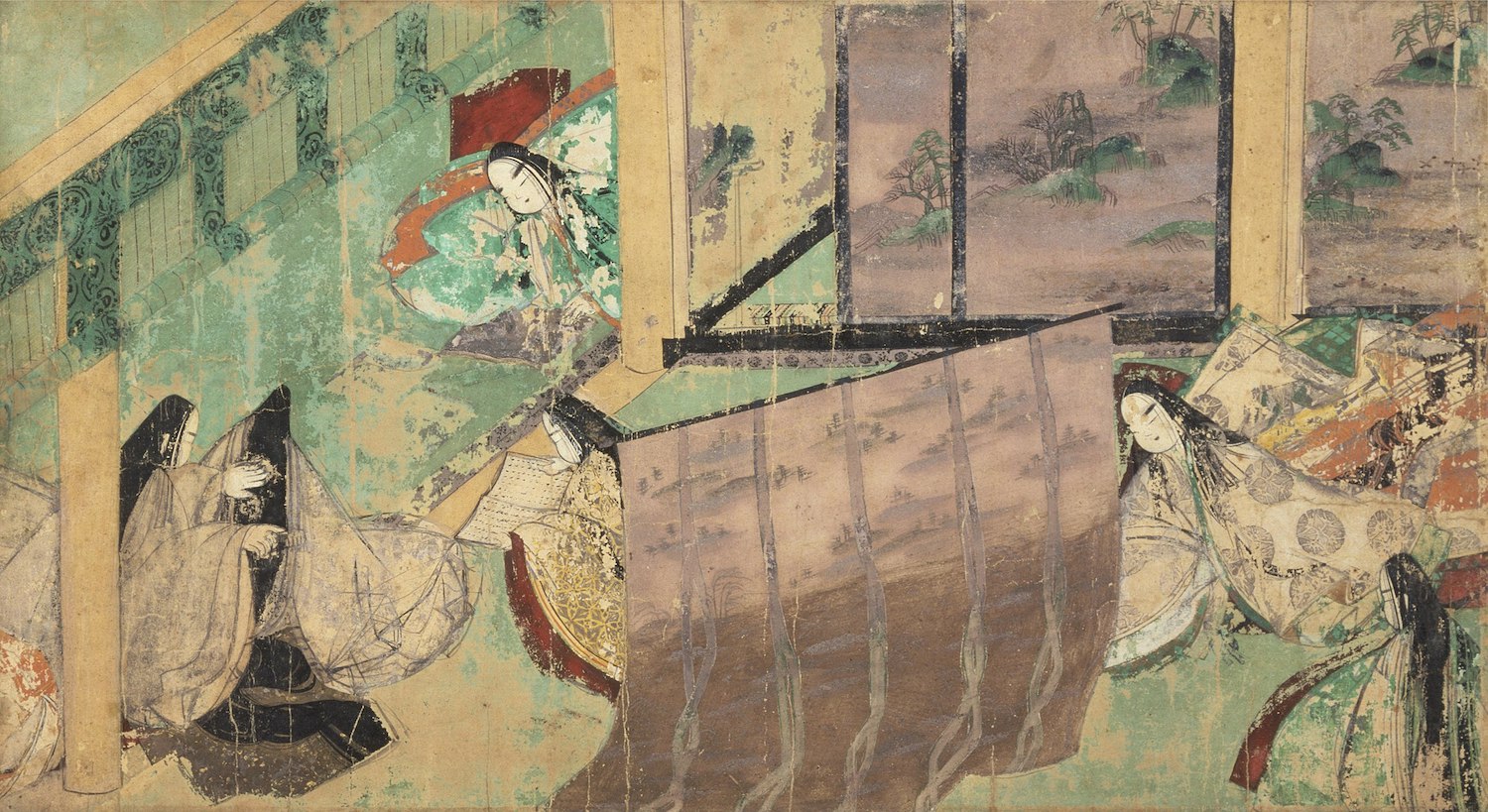
Drawing from Genji Monogatari book – 12th Century
One of the secrets of the success of Japanese craftsmanship was precisely in the way of passing on the techniques and secrets of the trade. It was in fact customary for master craftsmen to pass on their knowledge from generation to generation, in a continuous cycle that led the children first to be apprentices of the father for many years and then to become masters of their own children and this cycle carried on in some cases for centuries has led to a continuous improvement of the techniques without ever losing the principle of tradition.
Also for the preparation of colored pigments and their binders, therefore, the ability to pass on techniques, tricks and tricks has led not only to a continuous improvement in the creation of colors, but also to methods and secrets to improve the resistance and durability of the works themselves. It is also thanks to the ability of the ancient Japanese people to treat in the right way the pigments necessary for the creation of colors, that Japanese art has distinguished itself from all oriental art for the depth of its representations by virtue of a precise use of color.
The Colors of the Empire of the Rising Sun
We have repeatedly underlined the similarity between the ancient Japanese and Greek people and also in terms of the technique of preparing the color and the raw materials used in the past, not much has been written and there are no real classifications like those made for example by Pliny and Vitruvius in ancient Rome. Therefore rather than focusing on the technical aspect of preparing the color as we have done for other ancient peoples, in this analysis of color, partly out of necessity and partly to follow the Japanese spirit, we will focus more on the meaning of colors within ancient Japanese society.
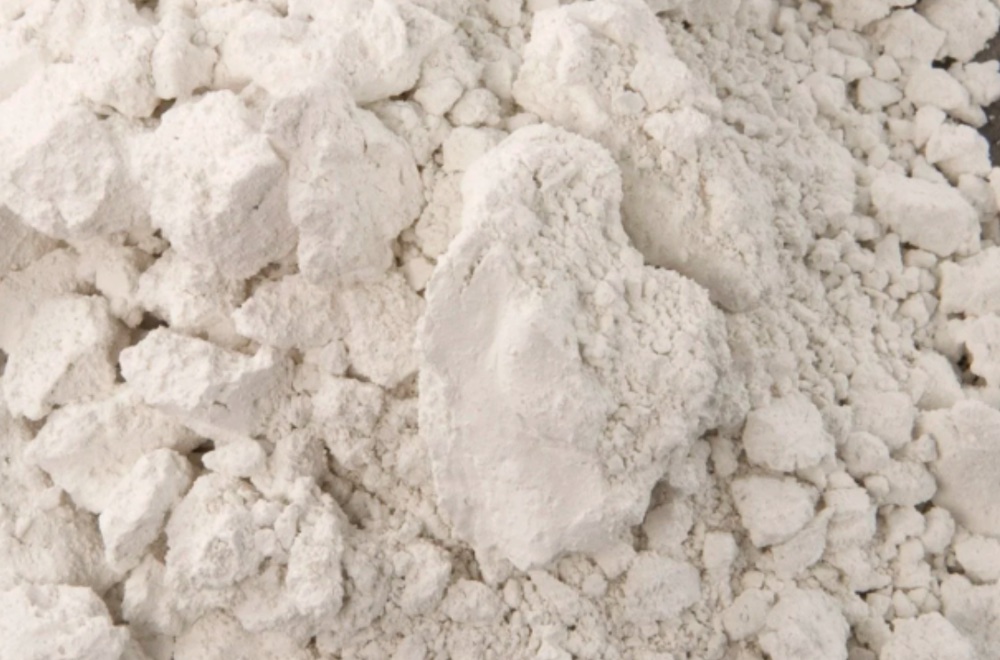
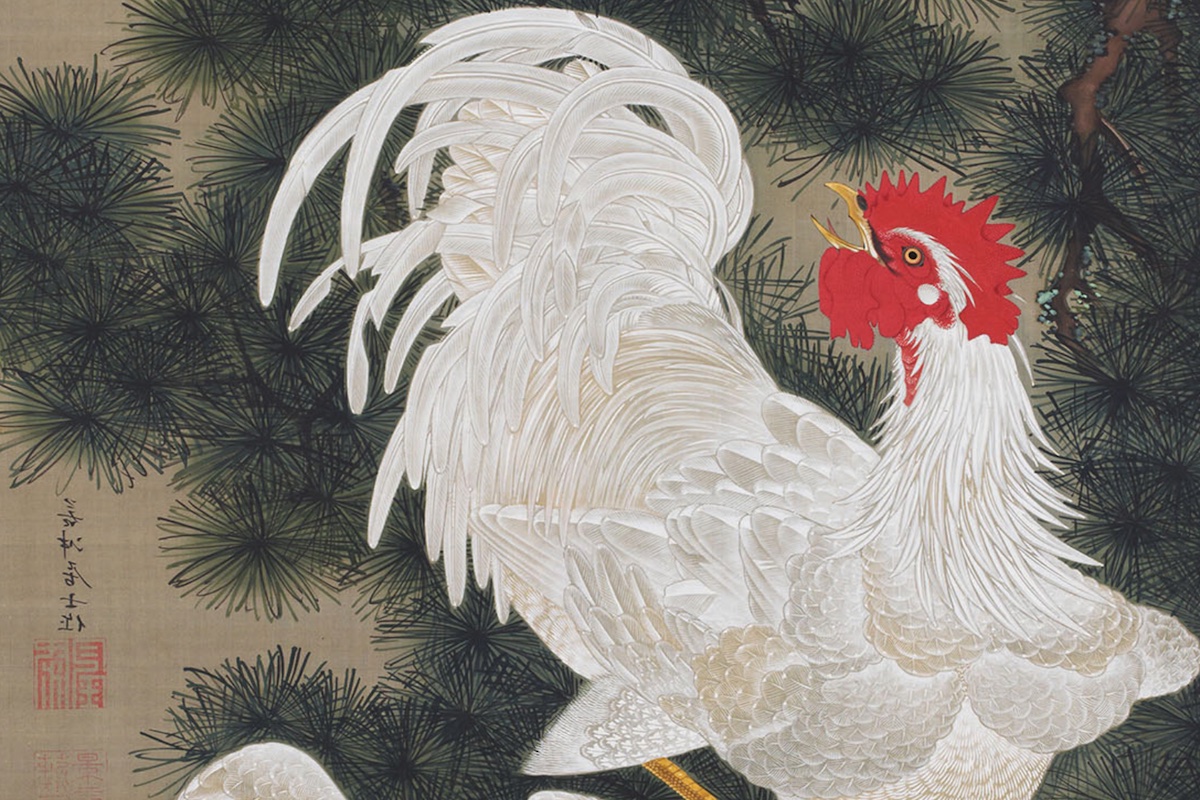
WHITE 白
White was the color of mourning but also of purity, in general especially for the ancient Japanese people this color had a strong association with spirituality and religion, just as Buddhism associated white with death. So since ancient times Japan used to associate white with spiritual purification and for example the Emperor wore white during traditional Shinto rites, but also with death, probably influenced by Chinese culture.


BLACK 黒
Always a symbol of contrast to white, black in ancient Japan is a color associated with darkness and generally has a negative meaning. One of the first uses of black was in tattoos, which initially had a positive meaning and were used as a sort of protective amulet, while from the classical era onwards tattoos were used to recognize criminals and even in modern times this negative meaning is still present in popular culture. For this and many other reasons, black is not a very present color in ancient Japanese art.
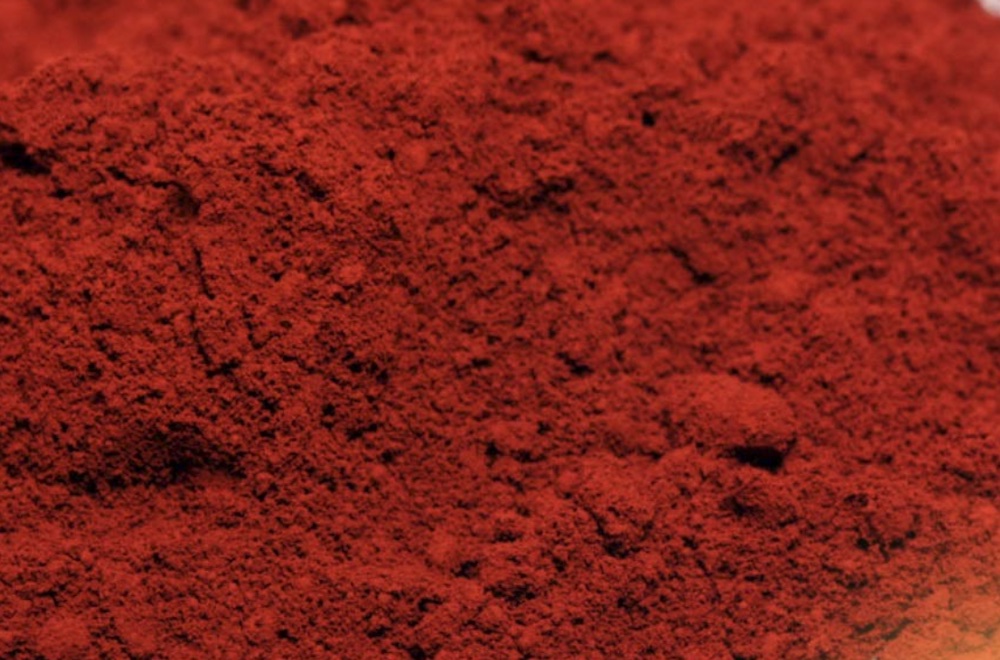
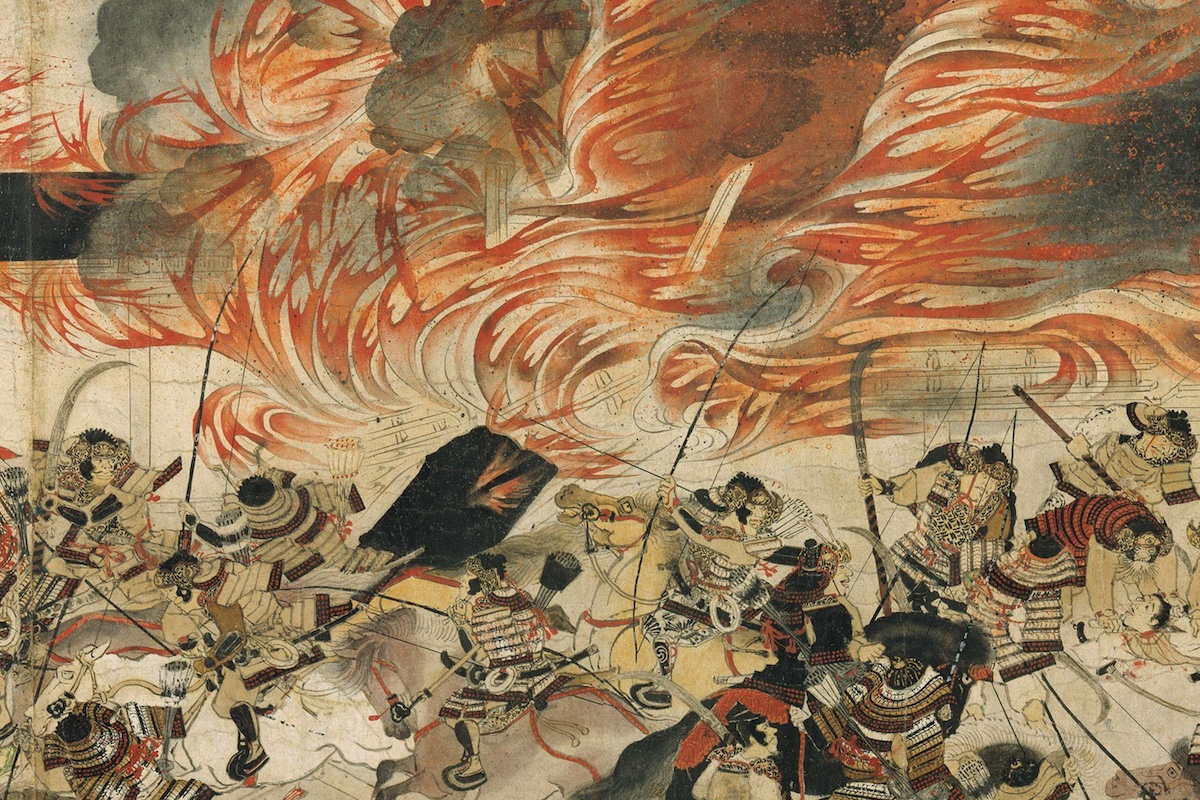
RED 赤
Red in ancient Japan was a very important color, a symbol of power and the color of the official flag, red was a color much loved by nobles and samurai. The traditional armor of the legendary Japanese samurai was red, who preferred this color for its prestige but also for its ability to intimidate their opponents. In the color culture of ancient Japan, red was considered the opposite of black and therefore considered the color with the greatest light and brilliance, and Japanese art is full of wonderful shades of red.
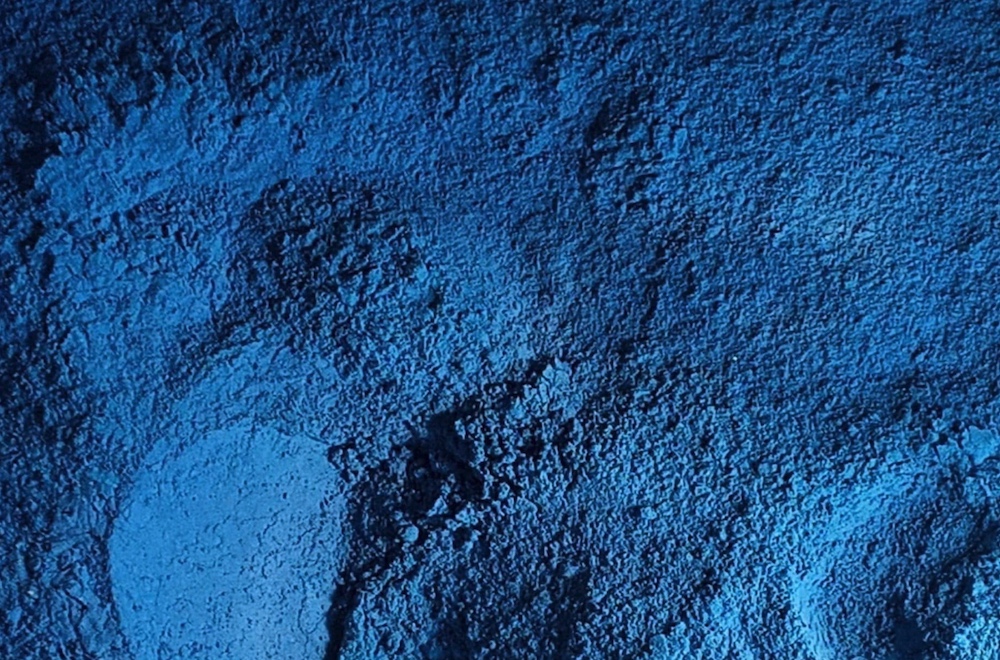
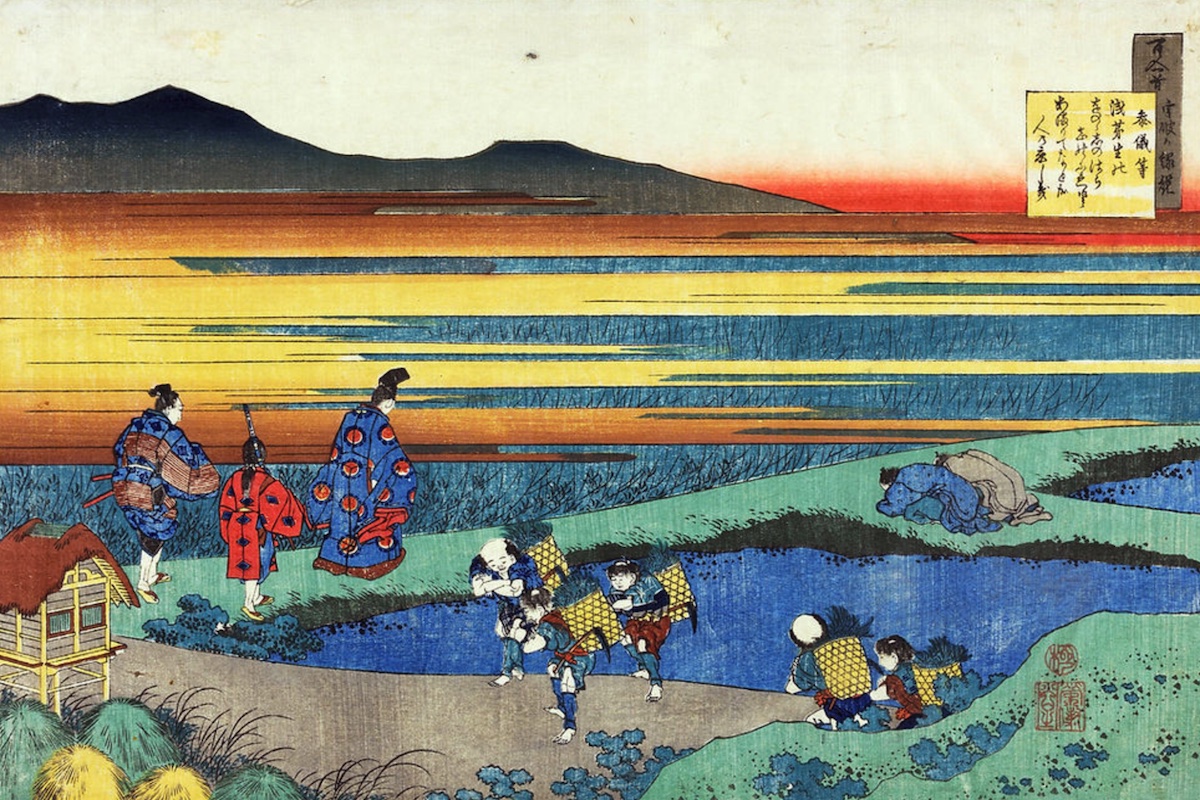
BLUE 青
In the ancient times of the Japanese Empire, blue and green were indicated with a single term and even if in later times a distinction was made with green, for most traditional Japanese artists green was nothing more than a shade of blue. Indigo was the most used pigment to create blue in ancient Japan and Japanese decorative art is really rich in this color that was obtained from the fermented leaves of the Indigofera Tinctoria. The color obtained from this plant was really beautiful so much so that many other methods were not used to create blue as instead happened in ancient Western civilizations.
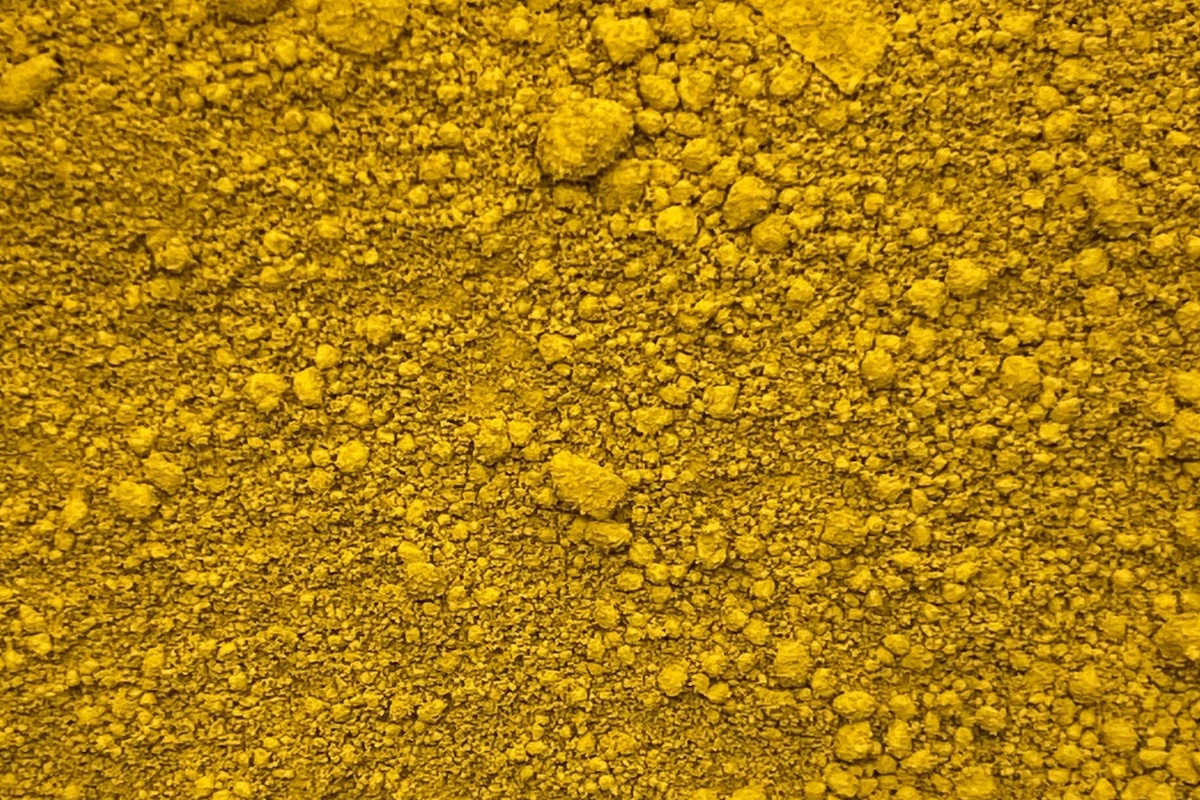
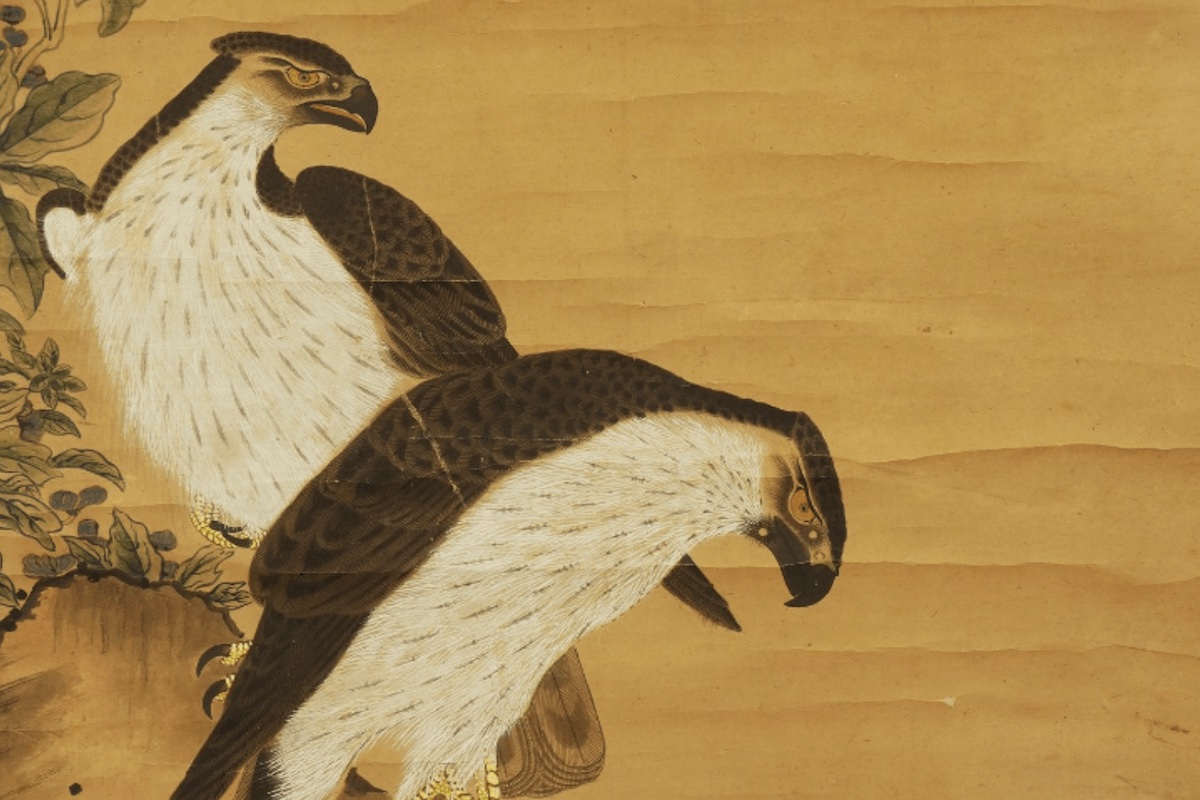
THE YELLOW 黄色
In ancient Japanese culture, the color yellow was associated with the sun and light and its meaning could vary over time but also based on geographical areas so that in some eastern countries yellow was considered a sacred color, while in western regions it was considered a symbol of betrayal. In general, however, it never assumed the importance that red had in Japanese art. The color yellow was culturally associated with gold which, taking inspiration from the influences of western peoples, soon became the symbol of Christianity.
The Colors of the Eastern World
As we have seen, the Japanese people have paid a lot of attention to the art of passing on and collecting information since the beginning of their history, but especially in the field of artistic craftsmanship this step was often secret and exclusive to families or small groups and finding written traces of many ancient Japanese arts is a difficult task. On the history of color in its philosophical aspect, also because it is probably the aspect that most interests people who are interested in Japan today, we have many authentic writings that have been translated into many Western languages so that today we can study and better understand the idea and interpretation that this historic people had of color. On the other hand, documentation on what all the natural pigments were used then to create the main colors of the entire Eastern world is rare, just as little information is available on the methods of preparation or the places of extraction and this is probably also due to the language barrier, certainly in many Asian countries there are several writings that could help shed light on the history of color in ancient Japan.
SOURCES AND FURTHER INFORMATION:
Università degli Studi di Padova (pdf) – Wikipedia – Wikipedia

